Hello everyone, in this easy, step-by-step drawing lesson, easydrawforkids.com will show you how to draw a donkey from start to finish.
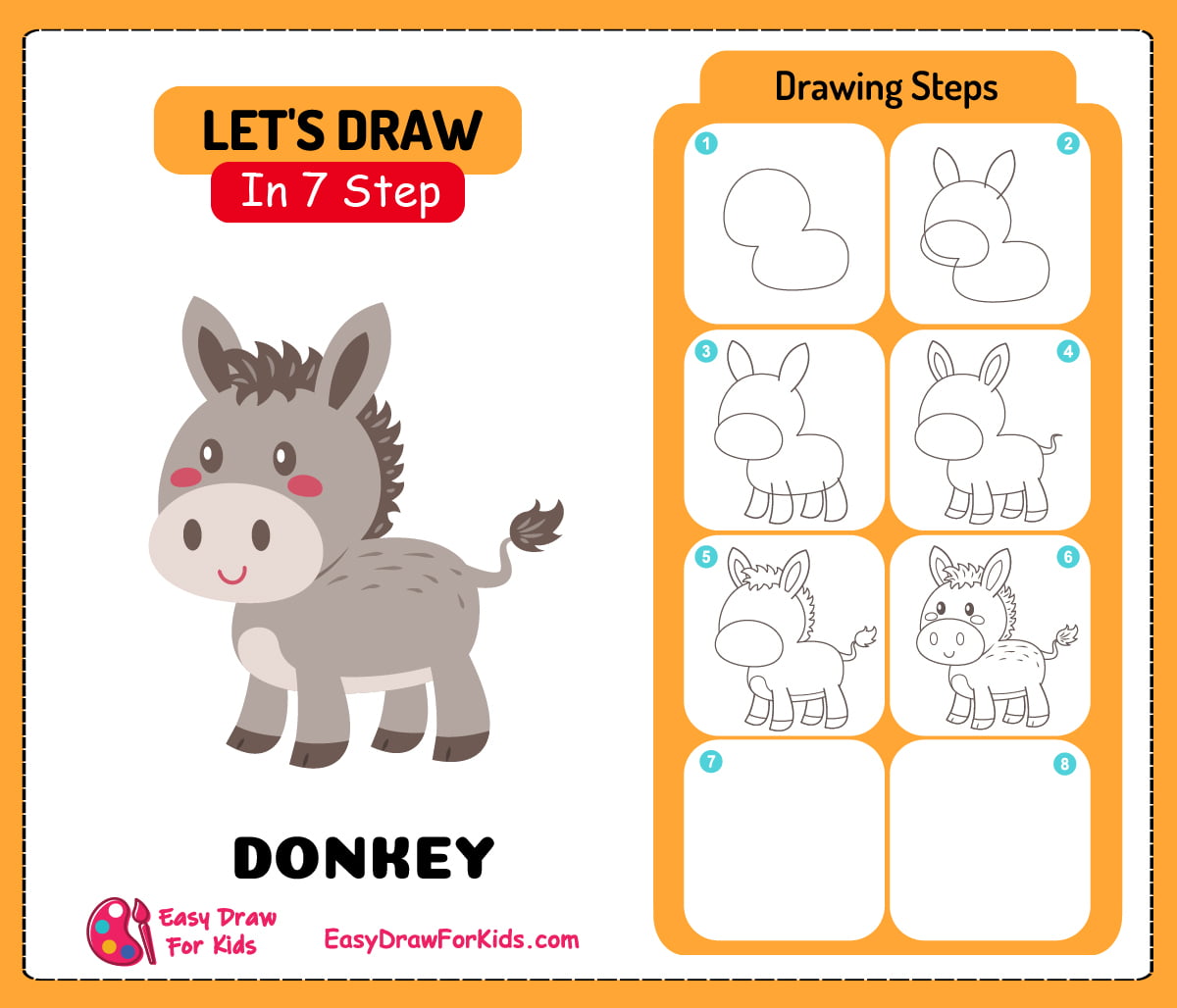
How To Draw A Donkey – A Step by Step Guide!
1. Cute Donkey Drawing
Step 1: Donkeys have long, narrow faces, draw an oval shape downward slightly.
Draw a larger oval shape below the head or the torso.
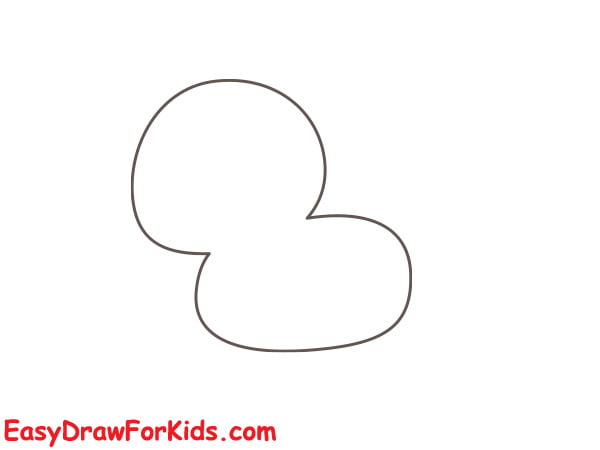
Step 2: Daw an oval shape for the donkey’s muzzle.
Draw curved lines at the top of the head for the ears, one on each side.
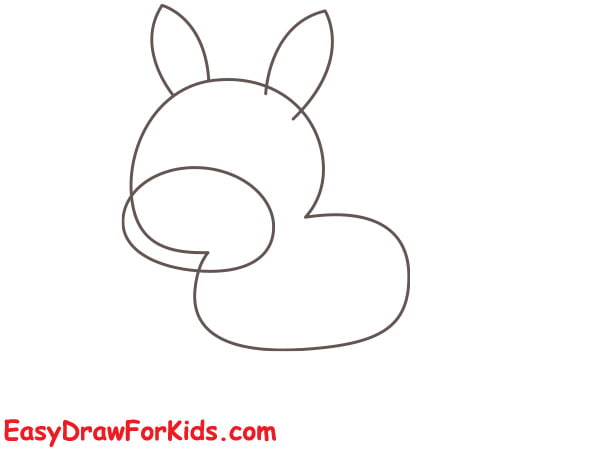
Step 3: Draw 4 legs using smooth, flowing lines, make them narrower toward the hoof.
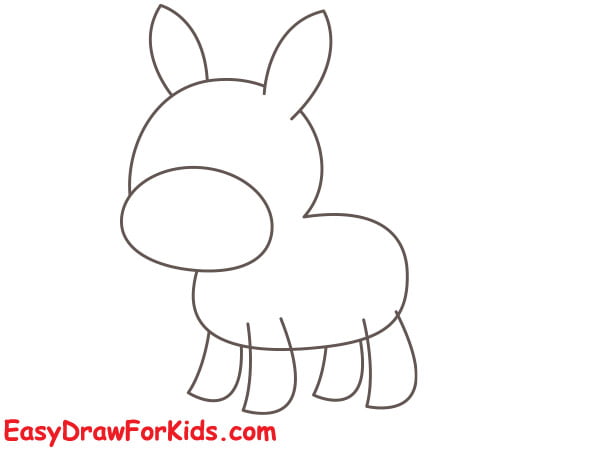
Step 4: Sketch a curved line extends backward and gets thinner at the end.
Draw an angled line across the end for the tail tuft.
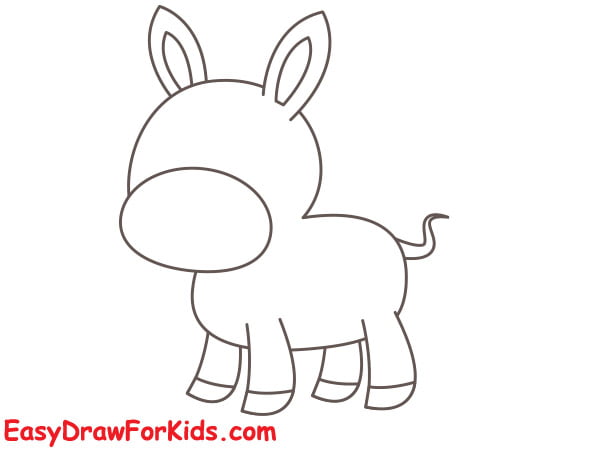
Step 6: Add some spiky, jagged shapes along the top of the neck.
Draw some lines within the mane to for the fur.
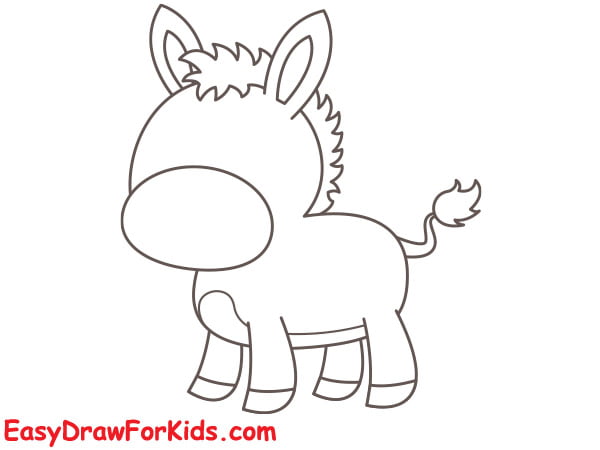
Step 6: Drawing two large ovals near the top of the head for the eyes.
Add two small circles on the muzzle for nostrils.
For the mouth, draw a wide “U” shape underneath the nose.
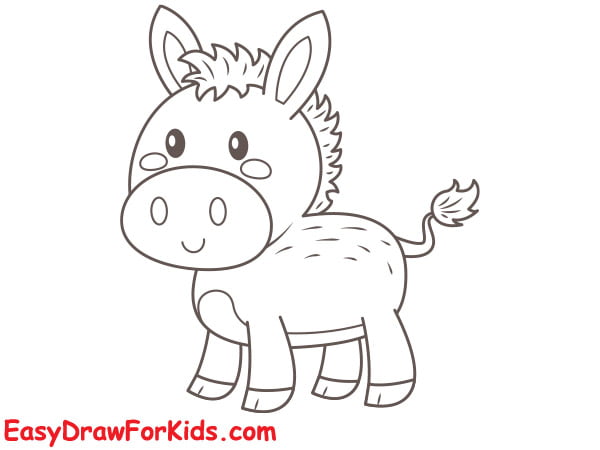
Step 7: Donkeys have grayish-brown fur, the mane and tail can also be darker or include some black strands.
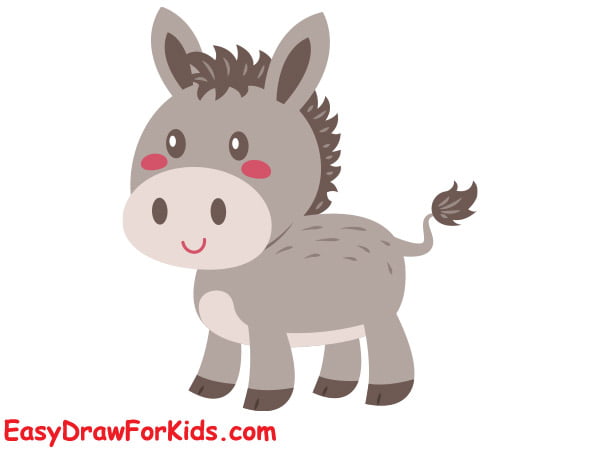
2. Easy Donkey Drawing
Step 1: Start by drawing an oval shape for the donkey’s head. Within the head, draw two large oval shapes for the donkey’s eyes.
Leave a small gap between them to indicate the bridge of the nose.

Step 2: Add two small curved lines on top of the head to create the donkey’s ears.
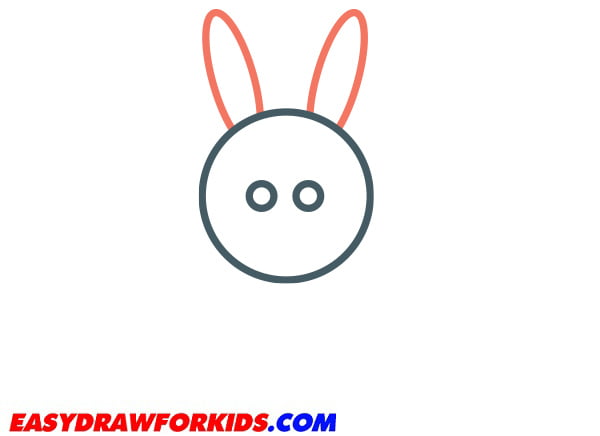
Step 3: Sketch an oval shape at the end of the head for the donkey’s muzzle.
Draw two smaller circles inside the muzzle for the nostrils.
Below the muzzle, draw two curved lines for the donkey’s teeth.
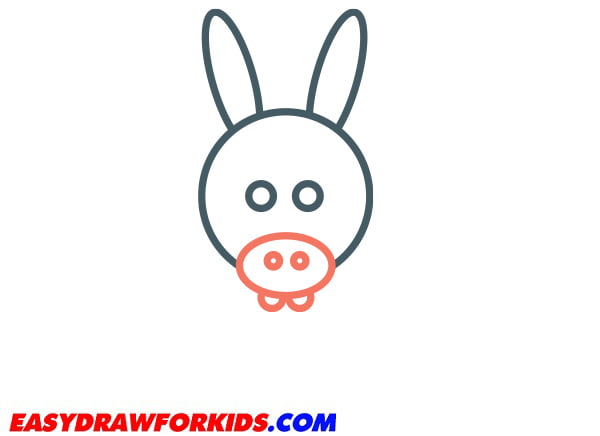
Step 4: From the head, extend a curved line downwards and then curve it back up to create the donkey’s body.

Step 5: Draw two legs extending from the body, add hooves at the bottom of each leg.
Hooves can be drawn as small rectangles or semi-circles.

Step 6: Sketch the donkey’s tail by drawing a long, curved line extending from the back of the body.
Add some tufts of hair at the end of the tail.
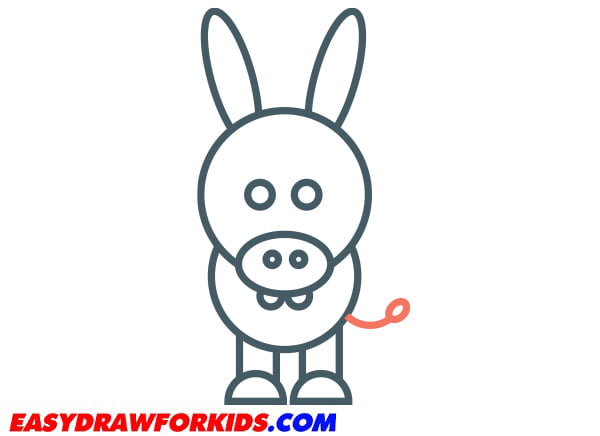
Step 7: Now, you successfully this guide on how to draw a donkey, it’s time to bring your beautiful donkey art to life with color!
You can get creative and use any color you like.
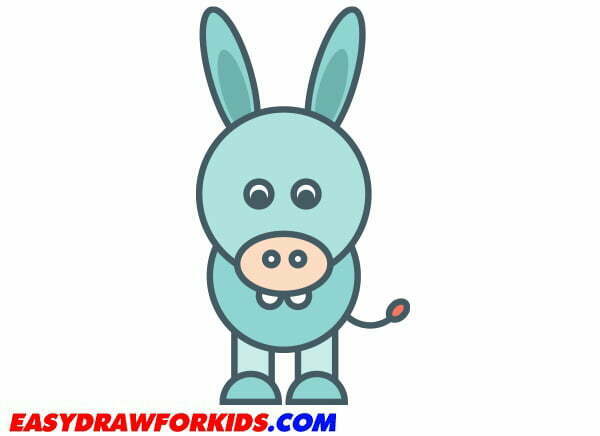
Now you successful this guide how to draw a donkey!
You can apply the same technique for drawing lion, sheep, dogs, and more.
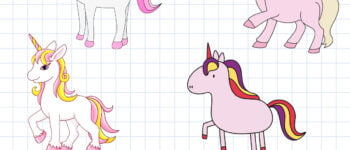



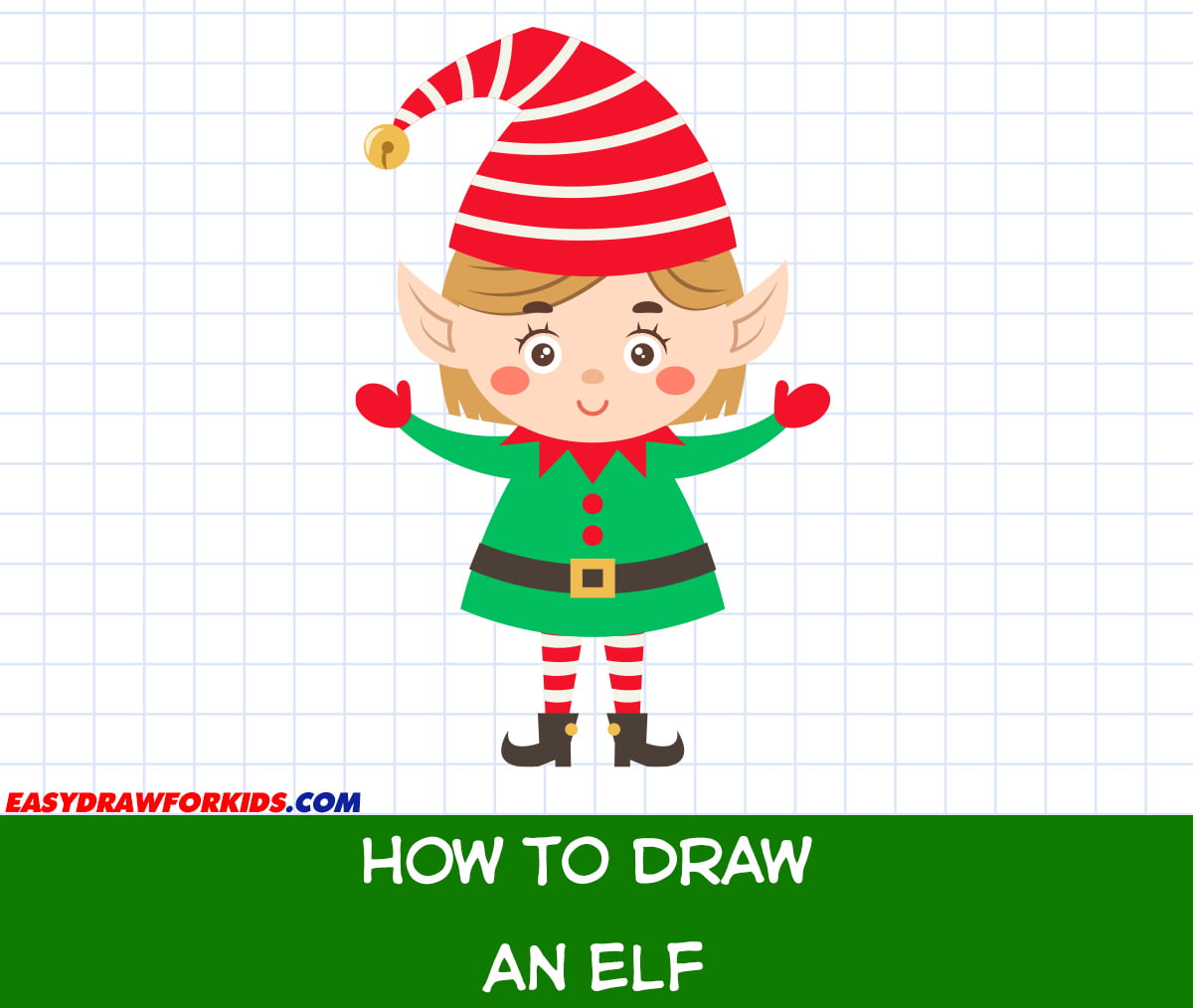

Leave a Reply